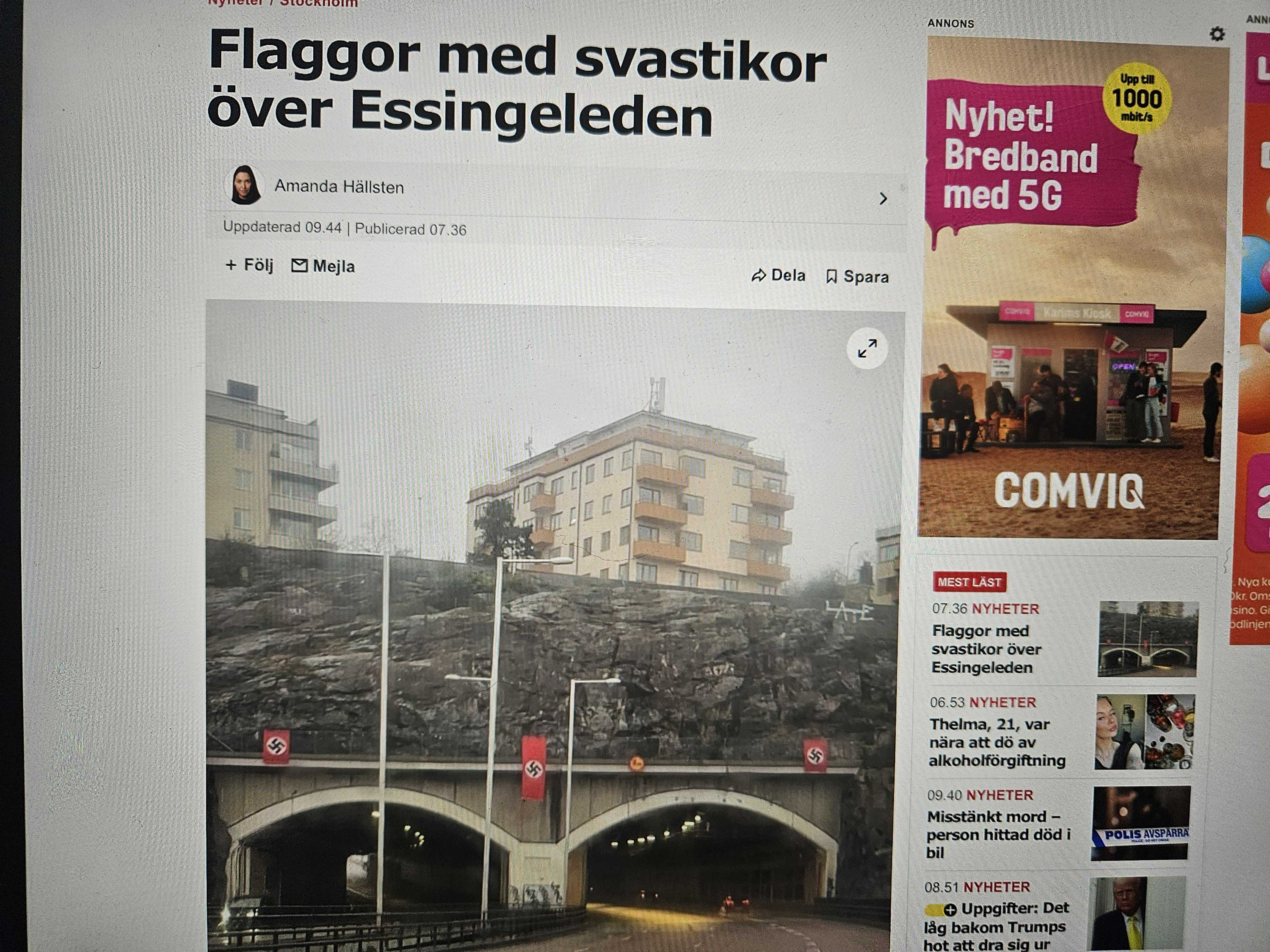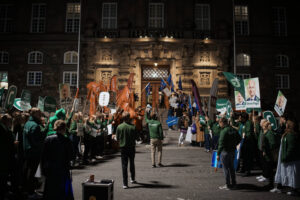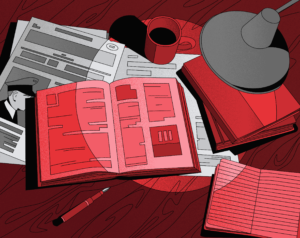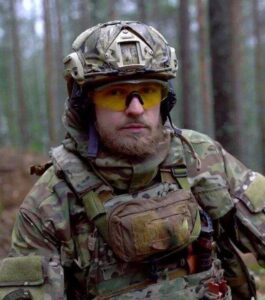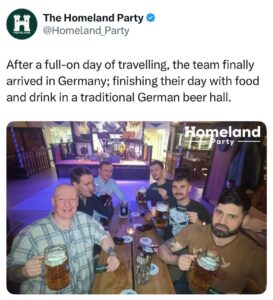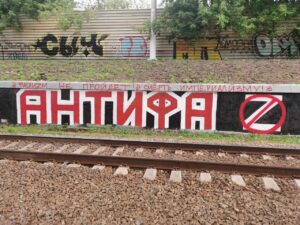On the morning of April 20th citizens of Stockholm woke up to the unexpected sight of nazi banners above the Essingeleden tunnel. The police was notified about the banners at 07:19 am and the banners had been removed by 07:40 am.
Witnesses expressed shock at the display, and the police report it could be considered a crime of “hate against a population.” It remains unknown who put the banners up.
April 20th marks the birthday of Adolf Hitler and is marked by many neo-nazi and far-right groups around the globe. The banners displayed in Stockholm follow a pattern of similar displays. In 2016 a nazi flag was raised on one of the official flagpoles of Vetlanda town hall, a small town in southern Sweden, on this date. The year before, in 2015, a nazi flag had been raised on the same date at the Njudung school, also in Vetlanda.
These events also follow a pan-nordic trend. In 2022 a nazi flag was raised in Bergen, Norway, on the 9th of April, marking the date of the invasion of Norway by Nazi Germany. The flag in Bergen had also been hung near a tunnel on a highway leading into the city.
In 2019 three members of the Nordic Resistance Movement were sentenced for having raised nazi flags in the city of Kristiansand the year before. The Nordic Resistance Movement (NRM) is the most significant neo-nazi movement in the region and operates transnationally. In 2017 they gathered about 500 individuals for a march in Falun, Sweden. They regularly hold marches, wearing uniforms of black trousers, white shirts, and black ties, carrying flags with their symbol (the Tyr rune), and often carrying shields made of plexiglass, as often used in riot policing.
While the Nordic Resistance movement remains significant there are also a number of other neo-nazi and far-right communities and subcultures across the region. While it remains unknown who is behind the raising of the banners in Stockholm we remain dedicated to monitoring these movements and the threats they pose in the Nordics and across Europe.
